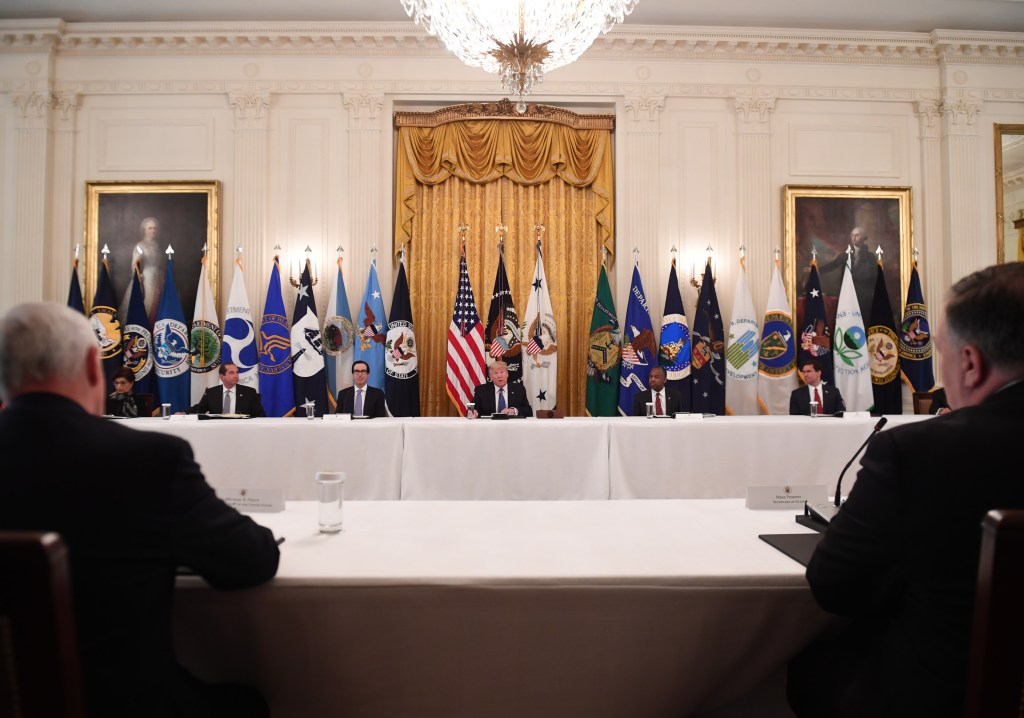simpletron
Member
- Oct 31, 2008
- 189
- 14
- 81
The left one with the biohazard symbol is titled Pandemic Crisis Action Plan Version 2.0 (January 2018). My google skills hasn't been able to find this one. But the right one with black white image is titled Crimson Contagion 2019 Functional Exercise After-Action Report January 2020. Here is a link to the October 2019 draft report: https://int.nyt.com/data/documenthe...after/05bd797500ea55be0724/optimized/full.pdf
The Crimson Contagion AAR is not a plan for a pandemic. It is a report of the results on a multi-agency(federal, state, and local) exercise to respond to a simulated new influenza originating out of china. The report is more a criticism of the implementation of the two actual pandemic plans used for the exercise - Biological Incident Annex to the Response and Recovery Federal Interagency Operational Plans (January 2017) and the Pandemic Crisis Action Plan Version 2.0 (January 2018) (the other binder).
How many of the above came true? I think all of them except the pre-pandemic vaccine one and that is just one section of the key finding in the Crimson Contagion AAR.5. Resources
• The current medical countermeasure supply chain and production capacity cannot meet the demands imposed by nations during a global influenza pandemic.
• Exercise participants were not clear on the applicability or use of Title I, Defense Priorities and Allocations Authority, of the Defense Production Act to mitigate medical countermeasure and ancillary supply shortages during an influenza pandemic response.
• Application of resource scarcity mitigation measures were not clearly communicated.
• States experienced multiple challenges requesting resources from the federal government due to a lack of standardized, well-understood, and properly executed resource request processes.
• Some states were not clear on pre-pandemic vaccine or the Strategic National Stockpile asset distribution in response to an influenza pandemic.
• States questioned federal resource allocation decisions in response to an influenza pandemic.






